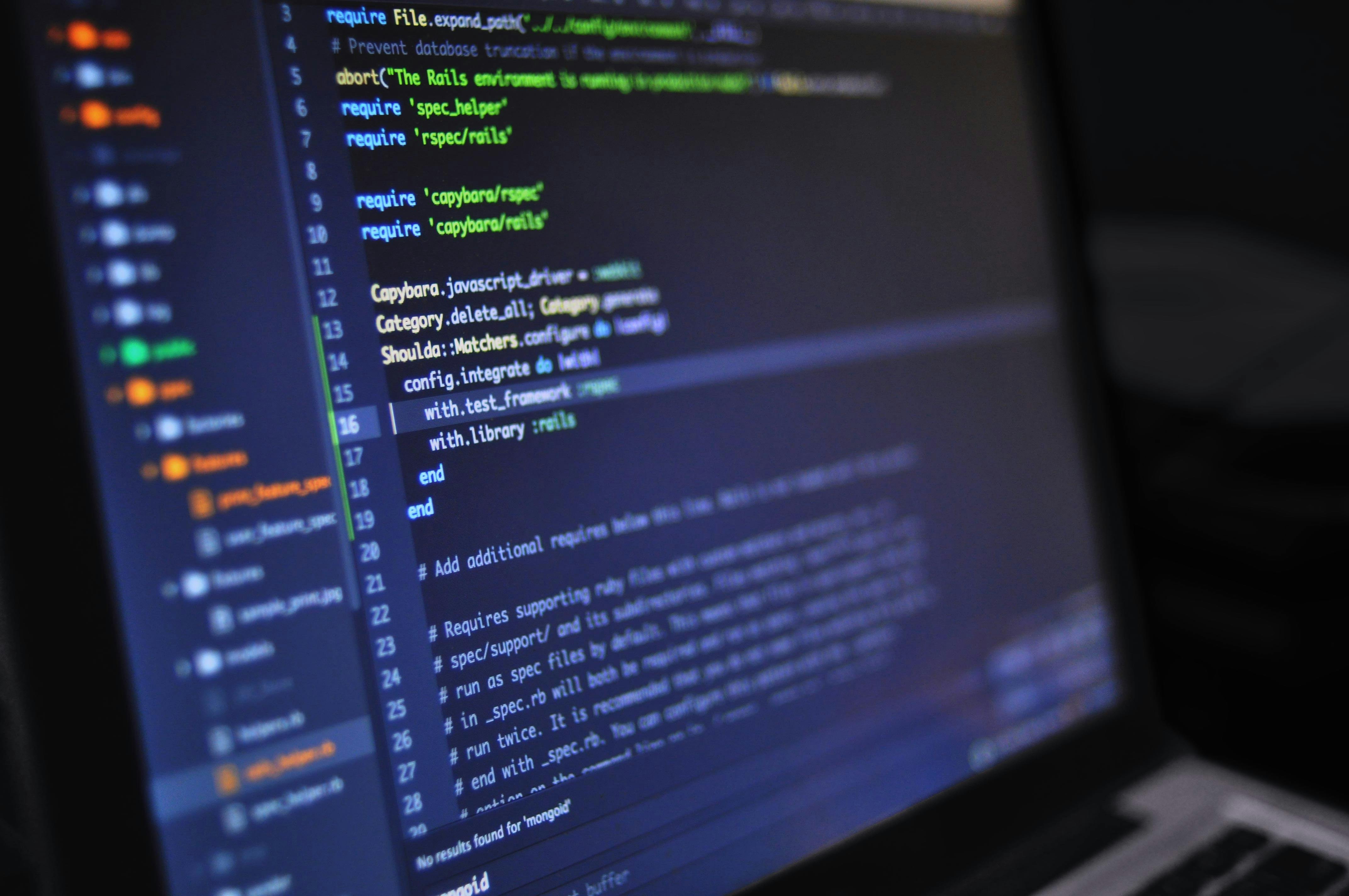Understanding Horovod Architecture
Ring-Allreduce and Collective Communication
Horovod uses the Ring-Allreduce algorithm via MPI or NCCL to efficiently aggregate gradients across workers. Misconfiguration in the backend can result in suboptimal performance or synchronization stalls.
Process Launch via MPI or Gloo
Horovod workers are typically launched using horovodrun or mpirun. Start-up issues often stem from improper environment variable propagation or SSH misconfiguration in multi-node clusters.
Common Horovod Issues
1. Training Stalls or Deadlocks
Often caused by gradient shape mismatches, rank desynchronization, or uneven batch sizes across workers. MPI hangs silently without logs if mismatches occur.
2. Horovod Initialization is Slow
Triggered by high network latency, poor interconnect topology, or suboptimal MPI/Gloo settings. Delays in allreduce can increase significantly with more nodes.
3. Uneven GPU Utilization
Caused by imbalanced data partitioning, oversubscription, or CUDA-visible device misconfiguration. One or more workers may idle while others process data.
4. NCCL Errors or Backend Failures
Occur due to version mismatches, incompatible CUDA drivers, or incorrect peer-to-peer transport settings. NCCL may report topology or RDMA errors.
5. Containerized Deployment Failures
Issues arise when running Horovod in Docker or Kubernetes due to missing host libraries, incorrect volume mounts, or non-uniform GPU access across nodes.
Diagnostics and Debugging Techniques
Enable Horovod Debug Logging
Set the following environment variable before training:
HOROVOD_LOG_LEVEL=debug
Use horovodrun with Verbose Output
Launch jobs with extended debug flags:
horovodrun -np 4 -H localhost:4 python train.py --log-level=debug
Verify MPI and NCCL Versions
Check compatibility between Horovod, MPI, CUDA, and NCCL libraries:
mpirun --version
nvcc --version
nccl-tests
Monitor GPU Usage
Use nvidia-smi or nvtop on each node to monitor real-time GPU utilization across ranks.
Log Tensor Shapes and Gradients
Instrument your training code to log tensor shapes before aggregation. This helps catch shape mismatches leading to deadlocks.
Step-by-Step Resolution Guide
1. Fix Training Hangs or Deadlocks
Ensure all workers receive the same data shapes and sizes. Validate that data shuffling and batching are consistent across ranks.
2. Optimize Initialization and Allreduce
Switch to NCCL backend for better performance on GPU clusters:
HOROVOD_GPU_ALLREDUCE=NCCL HOROVOD_CYCLE_TIME=0.1 HOROVOD_FUSION_THRESHOLD=67108864
3. Balance GPU Workloads
Set CUDA_VISIBLE_DEVICES explicitly for each rank. Use Horovod’s DistributedSampler for even data distribution in PyTorch.
4. Resolve NCCL Communication Failures
Verify nccl-tests pass between all nodes. Check IB_HCA, NCCL_IB_DISABLE, and NCCL_TOPO_FILE settings for multi-node RDMA environments.
5. Harden Container Deployments
Mount /dev/nvidia* and necessary libraries inside containers. Use NVIDIA Docker runtime and validate host-driver compatibility:
docker run --gpus all --runtime=nvidia ...
Best Practices for Stable Horovod Training
- Use NCCL backend for multi-GPU setups.
- Pin Horovod, TensorFlow/PyTorch, and NCCL versions explicitly in
requirements.txt. - Use
horovodrunormpirunwith SSH key-based access in multi-node clusters. - Profile communication overhead using
timeline.jsonand Horovod timeline viewer. - Use a shared filesystem or consistent data mounts across all nodes.
Conclusion
Horovod significantly simplifies distributed deep learning, but its integration across heterogeneous environments requires careful configuration and debugging. Most issues stem from mismatched tensor shapes, GPU resource conflicts, backend incompatibilities, or container misconfiguration. With proactive diagnostics, logging, and adherence to deployment best practices, Horovod can be scaled reliably across multi-node, multi-GPU clusters for high-performance training workloads.
FAQs
1. How do I fix Horovod deadlocks during training?
Ensure consistent tensor shapes across ranks and even data partitioning. Add logging around each gradient operation to isolate mismatches.
2. What causes NCCL transport errors in Horovod?
These stem from incorrect topology, missing RDMA support, or incompatible CUDA/NCCL versions. Run nccl-tests to validate node communication.
3. How do I improve GPU utilization in Horovod?
Use the DistributedSampler in PyTorch or tf.data.experimental.AutoShardPolicy in TensorFlow. Assign GPUs explicitly per worker.
4. Why is Horovod training slow to start?
Check MPI initialization, network bandwidth, and host SSH latency. Pre-pull Docker images to avoid cold start delays in Kubernetes.
5. Can I run Horovod in Kubernetes?
Yes, use MPIJob or custom Helm charts. Ensure pod-to-pod GPU visibility and mount necessary host drivers using NVIDIA device plugin.



